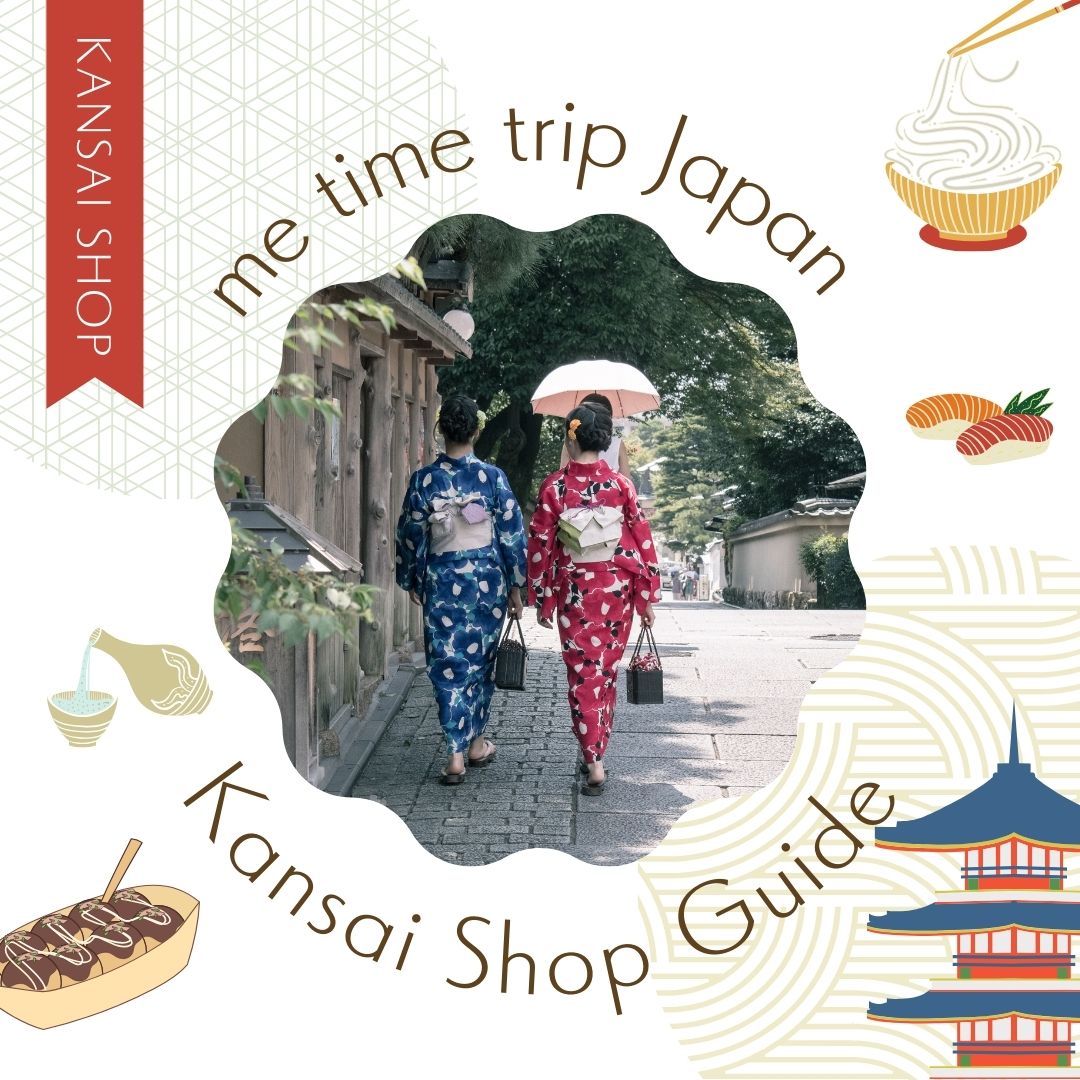We refer to the prefectures of Kyoto, Nara, Hyogo, Wakayama, and Shiga, including Osaka Prefecture, as the Kansai region. Despite their close proximity to each other, each prefecture in this Kansai area boasts unique characteristics. In this article, we aim to compare these prefectures using statistical data.
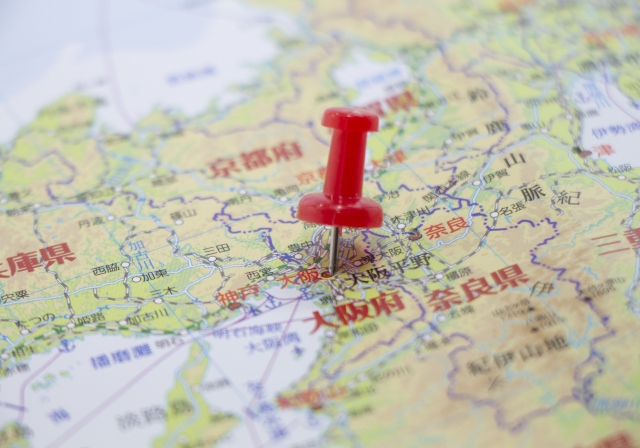
Population
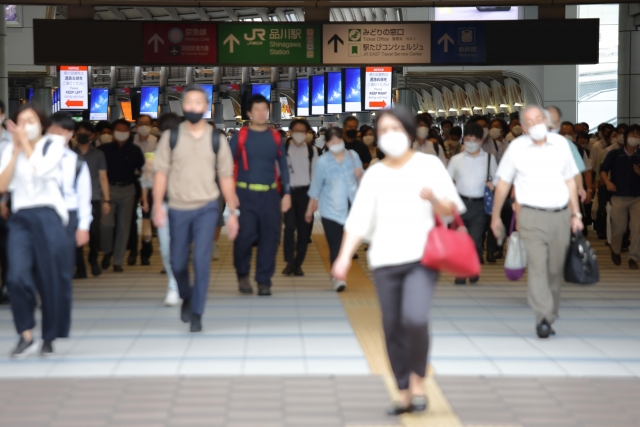
| Prefectures | Population (people) | |
| 1 | Osaka Prefecture | 8,806,000 |
| 2 | Hyogo Prefecture | 5,432,000 |
| 3 | Kyoto Prefecture | 2,561,000 |
| 4 | Shiga Prefecture | 1,411,000 |
| 5 | Nara Prefecture | 1,315,000 |
| 6 | Wakayama Prefecture | 914,000 |
Osaka Prefecture has a significantly larger population than second-place Hyogo Prefecture. Despite the impression that the downtown areas of Hyogo and Kyoto Prefectures are of similar size, it’s surprising to find that Hyogo Prefecture has about twice as many people.Next, let’s take a look at the area, which is closely related to the population.
Area
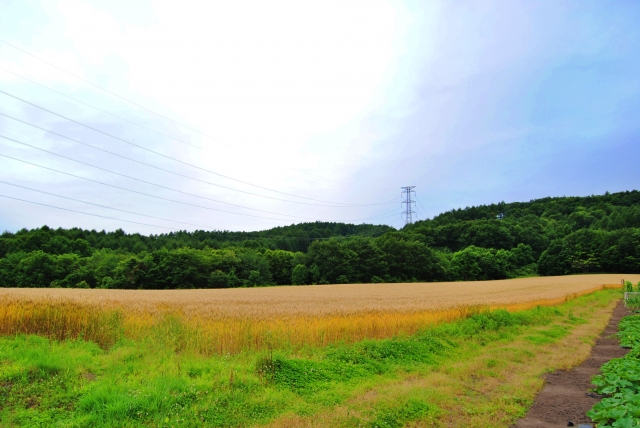
| Prefectures | Area (square kilometers) | |
| 1 | Hyogo Prefecture | 8,396 |
| 2 | Wakayama Prefecture | 4,726 |
| 3 | Kyoto Prefecture | 4,613 |
| 4 | Shiga Prefecture | 3,766 |
| 5 | Nara Prefecture | 3,691 |
| 6 | Osaka Prefecture | 1,901 |
In terms of area, Hyogo Prefecture is the largest. It’s about twice the size of Kyoto Prefecture, which helps explain the population difference we mentioned earlier. Hyogo Prefecture spans three seas: Osaka Bay, the Seto Inland Sea, and the Sea of Japan, making it a region rich in both nature and culture. Osaka Prefecture, on the other hand, has the smallest area in the Kansai region, yet it has the largest population, highlighting its high population density. In contrast, Wakayama Prefecture is the second largest in terms of area but has the smallest population, reflecting its natural beauty and relaxed atmosphere.
Agricultural Output Value
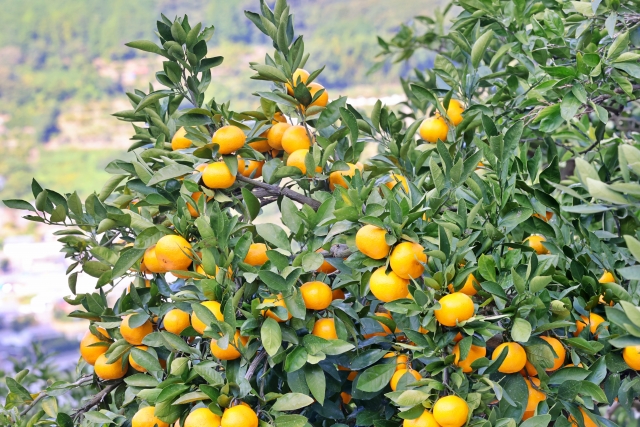
| Prefectures | Amount (billions of yen) | |
| 1 | Hyogo Prefecture | 1,544 |
| 2 | Wakayama Prefecture | 1,158 |
| 3 | Kyoto Prefecture | 704 |
| 4 | Shiga Prefecture | 641 |
| 5 | Nara Prefecture | 407 |
| 6 | Osaka Prefecture | 332 |
At the top, Hyogo Prefecture excels in the “livestock” industry, which involves the breeding of animals such as cattle, pigs, chickens, and sheep to produce edible meat, eggs, and dairy products. It is well-known for premium beef like Kobe beef and Tajima beef, which are also popular among foreigners. In second place, Wakayama Prefecture is renowned as the “Fruit Kingdom.” It produces a wide variety of delicious fruits such as peaches, persimmons, plums, and mandarins, thanks to its warm climate. We have featured this in previous articles as well, so be sure to check them out.
Popular Among Foreign Visitors! Japan’s Recommended High-End Fruits
Number of Restaurants and Eateries
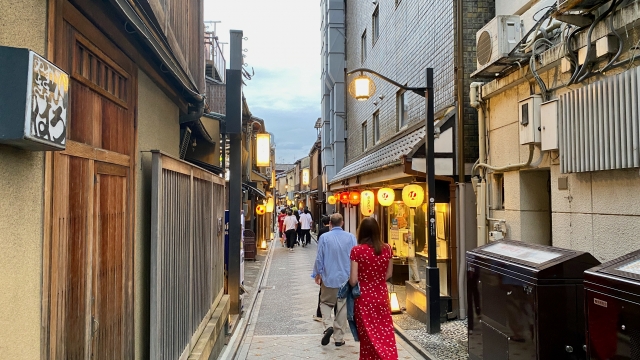
| Prefectures | Number of Establishments | |
| 1 | Osaka Prefecture | 118,335 |
| 2 | Hyogo Prefecture | 61,765 |
| 3 | Kyoto Prefecture | 33,444 |
| 4 | Nara Prefecture | 12,915 |
| 5 | Wakayama Prefecture | 12,435 |
| 6 | Shiga Prefecture | 12,484 |
In proportion to the population, both Osaka Prefecture and Hyogo Prefecture have a substantial number of restaurants and eateries. Osaka Prefecture ranks second in the country, with a significant contribution from international tourists. As befits its reputation as “Kuidaore Osaka,” there is a wide variety of dining establishments. Incidentally, the second most common type of restaurant in Osaka Prefecture is okonomiyaki restaurants, which is quite characteristic of Osaka.
World Heritage Sites
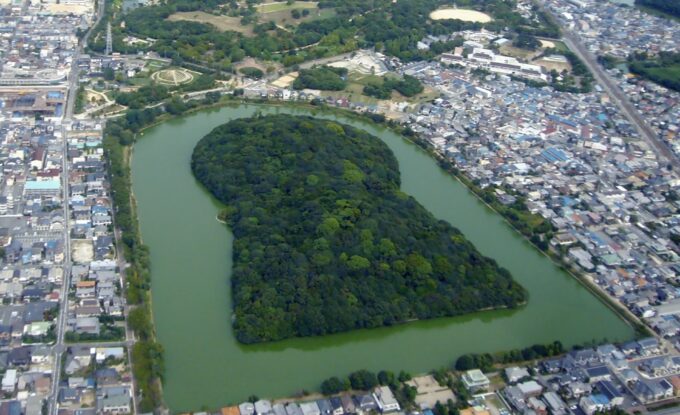
World Heritage Sites refer to objects that have been registered on the World Heritage List based on the World Heritage Convention adopted by UNESCO (the United Nations Educational, Scientific and Cultural Organization). There are three types of heritage: cultural heritage (such as buildings, archaeological sites, and cultural landscapes), natural heritage (including natural features, geology, ecosystems, and landscapes), and mixed heritage (combining the characteristics of both cultural and natural heritage). The World Heritage Convention aims to protect these heritages, and when they are registered on the World Heritage List, their preservation and management are required.
| Prefectures | Number of Sites | Site Names | |
| 1 | Nara Prefecture | 3 | Buddhist Monuments in the Horyu-ji Area Historic Monuments of Ancient Nara
Sacred Sites and Pilgrimage Routes in the Kii Mountain Range |
| 2 | Wakayama Prefecture | 1 | Sacred Sites and Pilgrimage Routes in the Kii Mountain Range |
| 3 | Kyoto Prefecture
Shiga Prefecture |
1 | Historic Monuments of Ancient Kyoto (Kyoto, Uji, Otsu Cities) |
| 4 | Osaka Prefecture | 1 | Mozu-Furuichi Kofungun – Ancient Tumulus Clusters in Japan – |
| 5 | Hyogo Prefecture | 1 | Himeji Castle |
As of October 2023, there are a total of 25 World Heritage Sites in Japan, and it’s worth noting that around 30% of them, or 7 sites, are located in the Kansai region. This is a unique characteristic of a historically significant region that once served as the capital. During a short stay in the Kansai region, it is not impossible to visit all of these sites.he pilgrimage routes that span Nara and Wakayama Prefectures offer enchanting scenery, with the opportunity to enjoy autumn foliage in the coming season and a picturesque winter landscape when snow blankets the area.
Accommodation Room Count
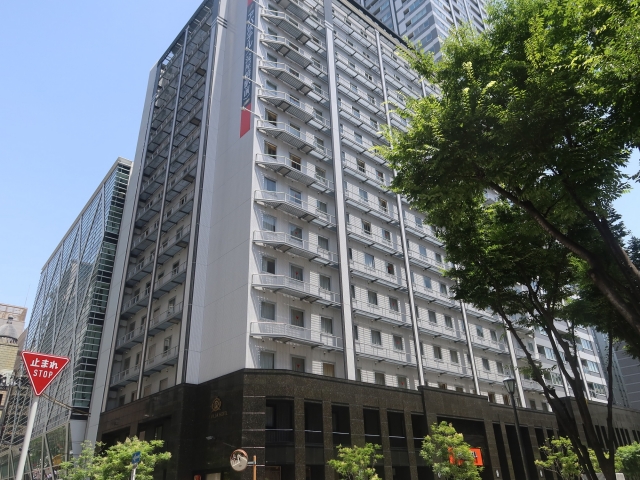
| Prefectures | Hotel Rooms | Ryokan (Traditional Japanese Inn)
Rooms |
|
| 1 | Osaka Prefecture | 56,992 | 19,319 |
| 2 | Hyogo Prefecture | 27,129 | 16,145 |
| 3 | Kyoto Prefecture | 22,820 | 10,208 |
| 4 | Shiga Prefecture | 8,030 | 5,904 |
| 5 | Wakayama Prefecture | 5,605 | 12,195 |
| 6 | Nara Prefecture | 3,528 | 5,527 |
The top three positions in the numbers were as expected. However, what’s surprising is Nara Prefecture. Nara, which boasts numerous tourist attractions, including World Heritage Sites, has the fewest accommodation facilities in the Kansai region. In the age of overtourism awareness, more accommodation options in Nara would likely be welcomed by tourists. Wakayama Prefecture’s abundance of ryokan rooms is also a distinctive feature. Tourist destinations like Nanki Shirahama Onsen and Kumano Kodo, one of Japan’s three ancient pilgrimage routes, have a high number of ryokans. The opportunity to engage in friendly interactions with ryokan staff and other guests is one of the reasons why foreign visitors find this appealing.
Sake Breweries
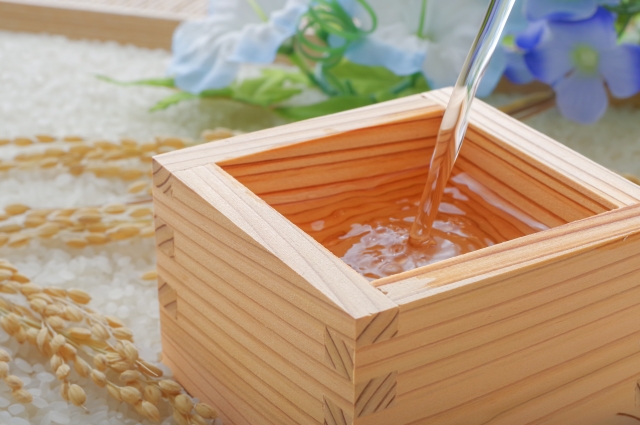
| Prefectures | Number of Sake Breweries | Export Sales Quantity (kiloliters) | |
| 1 | Hyogo Prefecture | 56 | 5,703 |
| 2 | Kyoto Prefecture | 34 | 2,469 |
| 3 | Nara Prefecture | 26 | 415 |
| 4 | Shiga Prefecture | 26 | 41 |
| 5 | Wakayama Prefecture | 13 | 89 |
| 6 | Osaka Prefecture | 13 | 17 |
We have compiled a ranking of prefectures with a high number of popular sake-related companies among foreign tourists. These companies not only have a significant number but also the highest sales in overseas markets. Water is a crucial ingredient in producing delicious sake, and Hyogo Prefecture is known for having many sources of “famous water,” contributing to the thriving sake production in the region.
Art Museums
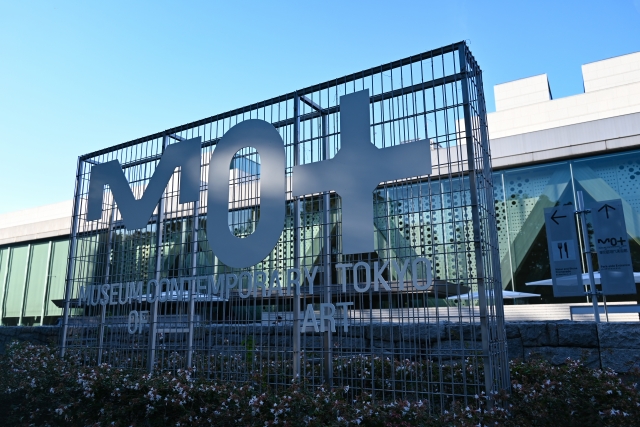
| Prefectures | Number of Facilities | |
| 1 | Kyoto Prefecture | 34 |
| 2 | Hyogo Prefecture | 32 |
| 3 | Osaka Prefecture | 14 |
| 4 | Shiga Prefecture | 13 |
| 5 | Nara Prefecture | 12 |
| 6 | Wakayama Prefecture | 6 |
One of the popular attractions among foreign tourists is art museums and museums. These places not only feature exhibitions but also showcase architectural designs by renowned architects, making them quite impressive. When it comes to the number of facilities, Kyoto, a city rich in cultural and educational history, leads the way, thanks to its abundance of historical artifacts.Art museums were traditionally associated with a serious atmosphere, but in recent times, many events have incorporated installations that allow visitors to experience art through various mediums, including visuals. It’s worth a visit!
In Conclusion
How was it? Were you able to sense the uniqueness of each prefecture? While Osaka is undeniably popular in the Kansai region, there are numerous other attractions waiting for you if you venture a bit further. Please use this information as a reference to enjoy your time in Kansai to the fullest!


